U.S. banned Malaysian prawns! So.. are they safe for us to makan?

- 3.5KShares
- Facebook3.2K
- Twitter26
- LinkedIn4
- Email47
- WhatsApp231
As you might have read by now, the US banned prawn and shrimp imports from Peninsula Malaysia. But they only banned farmed prawns, not the ones caught undda da seaaa. Sabah & Sarawak seafood is still allowed. The US Food and Drug Administration (FDA) placed Peninsula prawns and shrimps on ‘Import Alert’ – which means they can tahan the stuff at ports without physically examining it (in other words, we lose export income lor).
Just so you know, Malaysia is the top 8th exporter of prawns and shrimps to the US, according to the US National Oceanic and Atmospheric Administration. The Americans imported 8,311 tonnes of shrimp from us last year.
Alamak so apa jadi? No visa to masuk or what? Actually it’s much worse…the FDA found traces of nitrofurans and chloramphenicol in the seafood.
Huhh, what are nitro-fu-fu and chlorine-poo-poo?
In short, nitrofurans and chloramphenicol are ANTIBIOTICS. Eh isn’t that’s good? Eating these prawns and shrimps can cure flu!
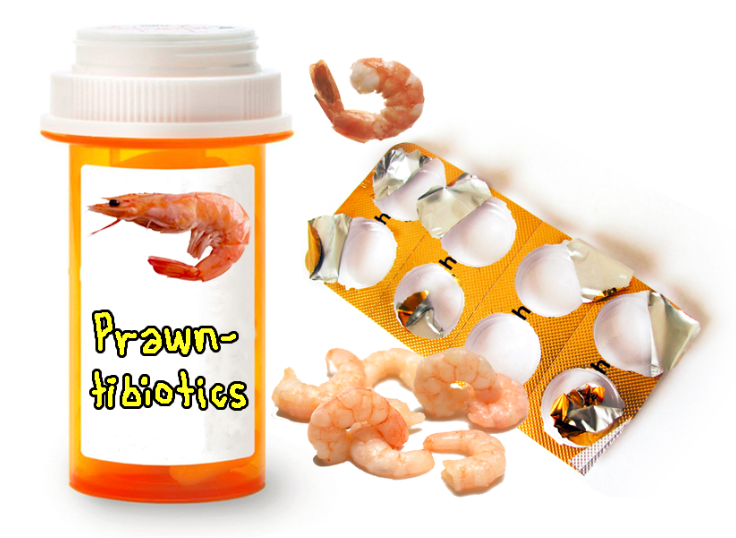
These antibiotics are used on seafood for the same reason humans take antibiotics…to kill bacteria. Can you imagine a whole pond of prawns, if one fler gets sick, sure spread to the others right? Who wants to eat sick prawns yeurghhh? However, antibiotics are BANNED from use on animals meant for food production!
“The use of antibiotics in seafood farming is generally not allowed by major markets such as the United States, European Union and Japan.” – an unnamed industry source told Straits Times
Chloramphenicol could build resistance, aside from potentially life-threatening effects such as anaphylactic anemia (drop in blood cell production) or fetotoxicity (toxic effects on a fetus). Whereas nitrofurans have carcinogenic and mutagenic properties (ie. it’s cancerous). How if one day antibiotics stop working when humans get sick because we’ve built a resistance from eating prawns??!
According to food analysis expert Leeder Consulting, these antibiotics can remain in the treated animal for a long time and studies show they don’t go away after cooking or processing.
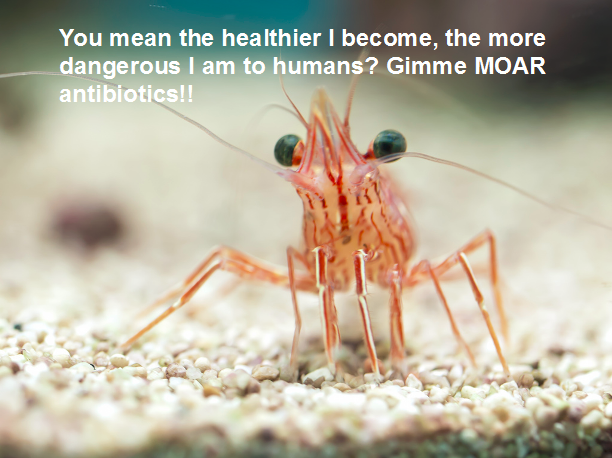
You wanna know something freakier? Studies have shown these side-effects are not dose related, they are idiosyncratic (like case by case basis) – meaning there’s no such thing as a “safe” level of exposure. Who knows if a dose as low as 0.000000000000000…0001mg is enough to kena one of the side-effects?
Now the problem with these two substances is, it is difficult to determine the correct required dosage. It might depend on how sick the prawns are…or how big the size of the pond is…and various other factors. In the end, farmers might unknowingly use TOO MUCH, an aquaculture expert told the Straits Times. And unfortunately, these substances are widely used on farmed animals, especially in supplying countries like India, Thailand, Indonesia, Vietnam and of course Malaysia.
Cannot use something else on sick prawnsies meh like Panadol? The Straits Times reported got other methods, but they’re more time consuming and not as effective as antibiotics. To these business flers, they need to maintain large production levels and make sure their prawns don’t die, so they resort to antibiotics.
Alamak so are these prawns banned in Malaysia too?
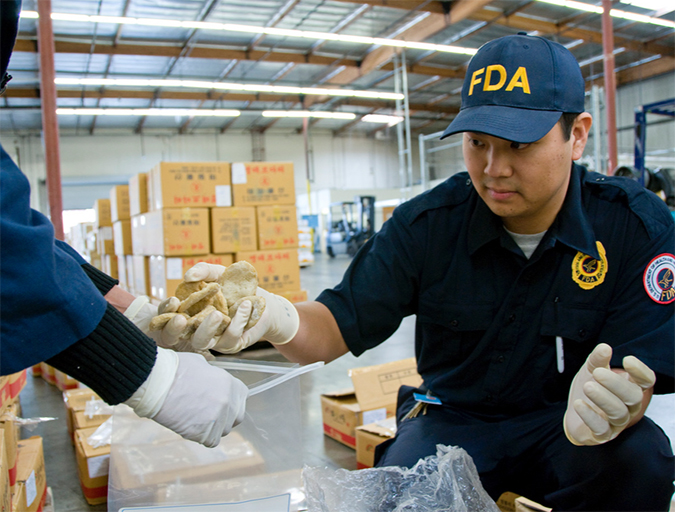
As far as it has been reported, Malaysia has not banned prawn and shrimp products locally. In fact, the Health Ministry (MOH) and Agriculture and Agro-based Industry Ministry (MOA) urged consumers not to panic until they get to the bottom of the sea…bottom of the matter, sorry.
“We will check the report by the US FDA and if we find it to be true, we will take necessary action to make sure exporters comply with the US government rules and standards.” – Datuk Seri Tajuddin Abdul Rahman, Deputy Minister of MOA, The Star
CILISOS reached out to MOH but they have yet to respond. If they do, we’ll update the article.
What the public should know is that the US FDA had been studying the imports from 1 Oct 2014 – 30 Sep 2015, and out of 138 samples they tested, 45 samples (or 32%) contained both substances. Local media also didn’t name the companies involved, but we found the lists FDA banned for Nitrofurans here and Chloramphenicol here:
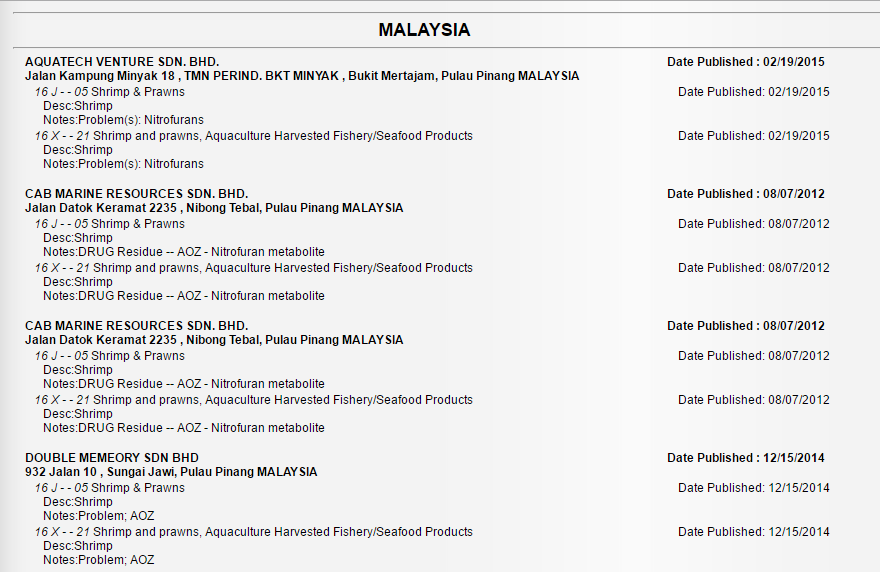
So to eat or not to eat, it is entirely up to you, but at least ugaiz can make an informed decision about it. To be safe you can buy prawns and shrimps caught from the sea instead of farmed ones lor.
As for the legality, Malaysian authorities didn’t elaborate whether any action will be taken on the companies involved for using banned substances, but we looked at the two food laws in this country – Food Act 1983 and Food Regulations 1985. Certain violations do carry prison and fine punishments, but is this ever practiced in reality?
Well, we wrote about this issue in our 9 Malaysian food scares article, where boric acid (used in roach-killing products and to preserve furniture wood) is used in noodles – yellow noodles, wantan noodles, kueh teow, loh see fun, etc. In 1988, 14 people DIED from boric acid poisoning. We tried to look for news on whether the noodle manufacturer got punished, but all we found out was the factory got raided and stopped operations, but dunno if anyone was jailed.
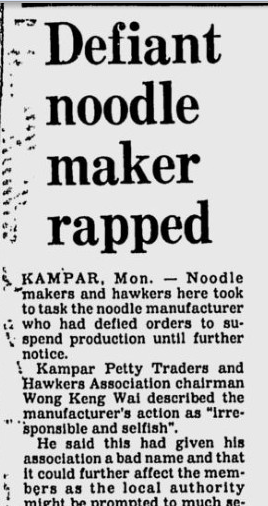
25 years on, this dangerous poison is still being used in noodles, the Consumers Association of Penang (CAP) complained.
Adding to this, a source from the food manufacturing industry told us the authorities DON’T test food products before allowing it into the market.
“You send samples to labs to be tested by yourself. These labs are private companies. It’s the businessman who has to be responsible for the safety of his food. The authorities can only make sure your premises are clean and halal ingredients are halal.” – our source
Is anything we eat 100% safe? Or should we spend more to ensure safety?

Honestly, if we were to talk about food safety we could probably write several book volumes already, but let’s focus on prawns and shrimp here k. There’s no easy way to go about this, but here are two possible ways to solve the problem:
The first solution would be to buy prawns caught from the sea that have been sustainably fished whenever possible. In short, go back to good old fashioned fishing as mentioned earlier. This method was recommended by Consumer Reports (CR), an NGO advocating the power of, well, consumers. Its report notes that, “of all the shrimp tested, wild shrimp were among the least likely to harbor any kind of bacteria or contain chemicals.”
Only downside to this is wild prawns will be more expensive than farmed prawns. But isn’t it better to pay a bit more than risk harming your health?
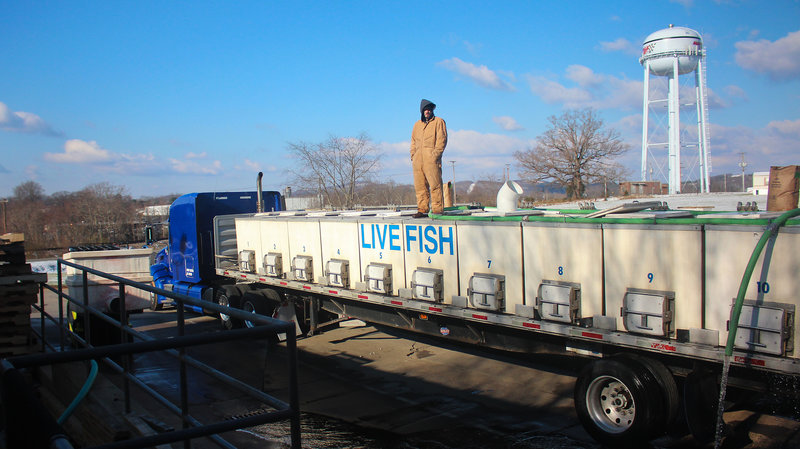
The second solution is clean, green INDOOR farms. “The idea is to have the entire life cycle in completely clean and controlled conditions that are disease-free, so you don’t introduce anything from the outside,” said Yoni Zohar, Chair of the Department of Marine Biotechnology in the US (Yoni is successfully running an indoor fish farm). As a result, the prawns will never need antibiotics, hormones or other chemicals to keep them healthy.
Additionally, building farms on land will minimise pollution to the ocean, so environmentalists would surely love this one. This could probably be expensive at the start, but the prawns might grow way faster than those raised in traditional net pens coz they are kept in optimal conditions. Good la, if production double, these businesses can make profits faster.
So how? Sounds a bit mafan, but progress usually is at the start. Kesulitan hari ini untuk keselesaan masa hadapan!

- 9 FOOD SCARES IN M’SIA THAT CAN COST MORE THAN A PAINFUL BEKSIDE
- ZOMG. RATS IN MID VALLEY AEON! SHOULD WE WORRY ABOUT GETTING SICK?
- WHY SHOULD MSIANS BE CONCERNED ABOUT THIS DEADLY FLOOD DISEASE?
- 3.5KShares
- Facebook3.2K
- Twitter26
- LinkedIn4
- Email47
- WhatsApp231




